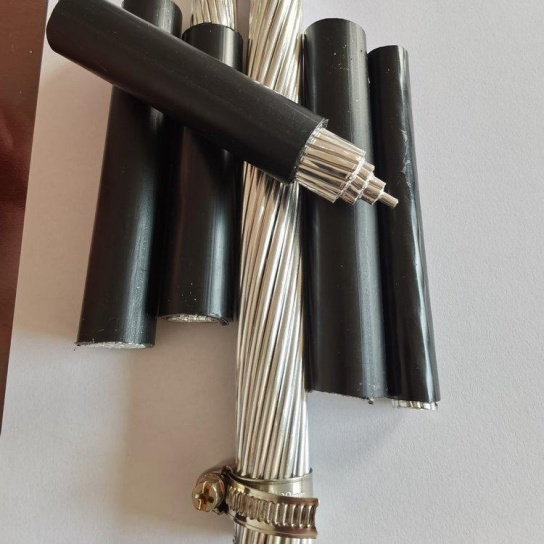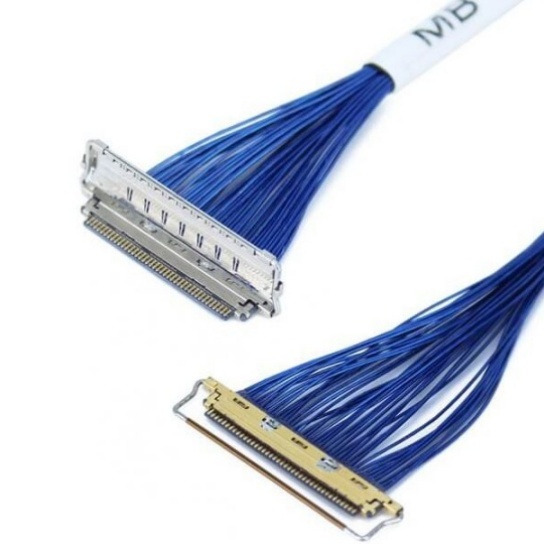AI Slashes Aviation Cable Inspection Times by 40%
The aviation industry is no stranger to innovation, but the latest breakthrough—using artificial intelligence (AI) to cut cable inspection times by 40%—is a game-changer. For airlines, manufacturers, and maintenance crews, this advancement promises safer, faster, and more cost-effective operations. Let’s break down how AI is transforming aviation cable inspections and why it matters to you.
Why Cable Inspections Matter
Aircraft rely on miles of intricate wiring and cables to function. These systems control everything from navigation to communication, making regular inspections critical for safety. Traditional methods involve manual checks, where technicians visually examine cables for wear, corrosion, or damage. This process is time-consuming, labor-intensive, and prone to human error—especially when dealing with complex, hard-to-reach areas.
The Problem with Traditional Inspections
- Time-Consuming: Manual inspections can take hours or even days for a single aircraft.
- Human Error: Fatigue or oversight during repetitive tasks increases the risk of missing defects.
- High Costs: Extended downtime for inspections translates to lost revenue for airlines.
These challenges have driven the industry to seek smarter solutions—and AI is delivering.
How AI Streamlines Cable Inspections
AI-powered systems use advanced machine learning algorithms and high-resolution imaging to automate inspections. Here’s how it works:
- High-Speed Scanning: Drones or robotic cameras equipped with AI scan aircraft wiring, capturing detailed images in minutes.
- Defect Detection: The AI compares these images to a database of thousands of fault scenarios, identifying issues like fraying or corrosion with 99% accuracy.
- Instant Reporting: The system generates real-time reports, prioritizing urgent repairs and reducing decision-making delays.
By automating these steps, AI slashes inspection times by 40%, according to recent case studies from leading airlines.
Real-World Benefits of AI-Powered Inspections
- Faster Turnarounds: Reduced inspection times mean aircraft spend less time grounded.
- Enhanced Safety: AI detects subtle flaws humans might miss, preventing potential system failures.
- Cost Savings: Fewer labor hours and minimized downtime cut operational costs by up to 30%.
- Sustainability: Less manual inspection waste (e.g., disposable tools) supports eco-friendly practices.
A major European airline recently reported completing inspections for 10 aircraft in the time it previously took to inspect six—without compromising quality.
The Future of AI in Aviation Maintenance
While cable inspections are just the start, AI’s potential extends further. Predictive maintenance, fuel efficiency optimization, and even autonomous repair systems are on the horizon. Airlines adopting AI now will gain a competitive edge through:
- Data-Driven Insights: AI identifies patterns to predict future maintenance needs.
- Scalability: Solutions adapt to different aircraft models and inspection types.
- Compliance: Automated records ensure adherence to strict aviation safety standards.
Is AI Right for Your Operations?
Adopting AI requires upfront investment in technology and training, but the long-term payoff is clear. For smaller airlines or repair hubs, partnering with AI solution providers or leasing inspection tools can ease the transition.






